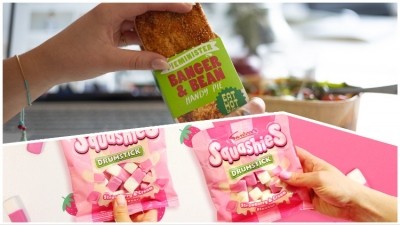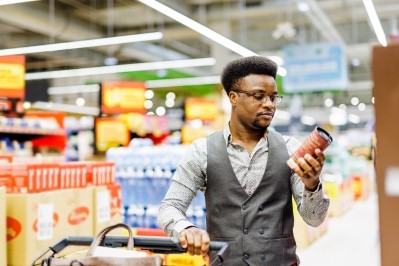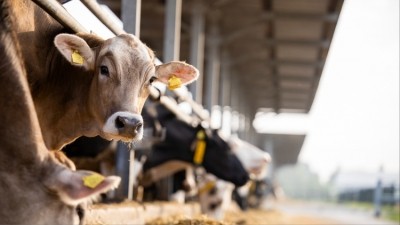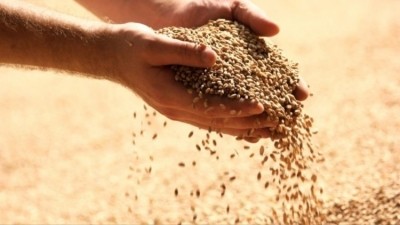News
Private label prices rise but remain in favour
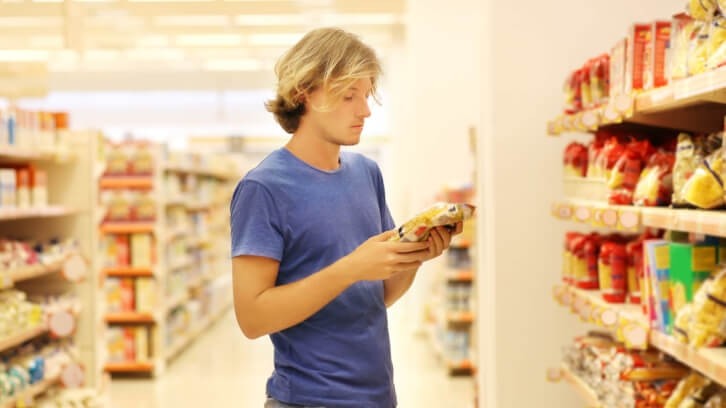
In response to tumbling European FMCG sales volumes, Circana data found that promotional strategies from brands and retailers saw a 15% increase between 2023 and 2024.
Retailers increased every channel in an effort to boost weaker than expected volume growth. This was particularly pronounced in the discounters, where volume sold on promotion was up by as much as 68%. Private label promotions specifically increased by 36% in hypermarkets and 25% in supermarkets.
As much as 21% of FMCG goods are now sold on promotion.
While this tactic did slow the fall in sales by -0.3% from -1.4% in the previous month, data from Circana revealed there was an overall decline of -1.2% in European FMCG volume sales across the year (12 months to end of Feb 2024).
Private labels were the outlier category, with volume sales climbing by two percentage points in the analysed 12-month period, compared to the previous 12 months.
While consumers favoured private labels, they were not immune to the effects of inflation, with price tags between national brands and own label closing – even with increased promotional activity.
Private label penetration was found to be low in alcohol, confectionery and drinks, where image and NPD among household names has helped propel national brands forward.
On the other end of the spectrum, baby food was identified as among the most vulnerable to private label, with own-label unit growth increasing by 3.2%. Champagne, frozen poultry and meat substitutes meanwhile were top promoted segments.
Chocolate secured the top spot for value growth by segment, while unit sales fell, suggesting consumers are downtrading to lower priced or private label options. Moreover, private labels now have 34% value share of the pet food category across Europe.
Looking at the UK specifically, this was the only market to post both volume and unit sales decline as growing private labels sales did not offset volume losses in national brands.
Commenting on the results, Ananda Roy, senior vice president of strategic growth insights EMEA at Circana, said: “As both manufacturers and retailers rush to shore up volumes by reducing prices and increasing promotions, the intended effect is likely to be dampened by high absolute prices, low innovation, competitive response and growing private label penetration.
“Over-saturating shelves with deep deals only risks increasing subsidisation. Volume uplift from promotions tends to be short-lived and put simply, ‘more of the same’ is not a solid volume growth strategy.
“True volume growth is unlike to return until the end of this year, especially if it is based on more of the same. Manufacturers and retailers must look to organic growth through shopper activation, brand experience and one of marketing’s most dynamic levers, innovation.”

